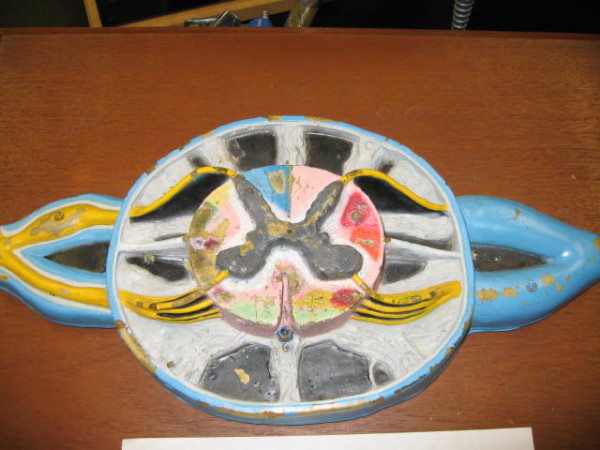A major function of nerve cells is to transmit and receive signals in the form of electrical impulses. These impulses allow nerve cells to communicate with each other and with other cells to control muscle movement, receive sensory information, and regulate functions like thinking, learning, and memory. These functions are impaired by damage to cells caused by physical injury and disease. Depending on the location of the cell, it may be able to repair itself. For example, nerve cells in the limbs, torso, and nose are able to repair themselves to a certain degree; however, nerve cells in the brain and spinal cord are unable to perform self-repair. Damage in these areas can cause paralysis and cognitive disabilities. The brain and spinal cord neurons’ lack of repair abilities is due to inhibiting factors present in newly formed scar tissue and other cellular processes which block nerve cell regrowth.
Image Source: Maciej Frolow
Professor Frank Badke from the German Center for Neurodegenerative Diseases led a team in a study that tested the feasibility of epothilone, a cancer drug, as a way to stimulate repair in neurons in the brain and spinal cord. Epothilone is a drug which has the ability to stabilize microtubules. Previous research done by the team showed that stabilizing microtubules, organelles within the cell that support the cell’s structure and control its movement, would reduce the amount of scar tissue formed and promote the growth of axons, the parts of nerve cells that transmit impulses. In high doses, epothilone prevents the growth of cancer cells. Research shows that low doses stimulate axonal growth in animals without the severe side-effects seen in cancer patients.
Epothilone works by inhibiting microtubule formation in cells that produce scar tissue. Because of this, there is no scarring at the site of the spinal cord lesion. Epothilone also promotes regeneration of the damaged neurons by causing microtubules to grow into the damaged axons. Although other cancer drugs also have similar effects, epothilone is able to penetrate the blood-brain barrier and, therefore, directly reach the damaged neurons.
In animal studies, epothilone led to improved balance and coordination in animals with spinal injury. Animals treated with epothilone walked better than those that did not receive any treatment, indicating that the nerve cells responsible for movement were successfully repaired. In the near future, Dr. Bradke and his team plan to test the effects of epothilone on different types of lesions.
Feature Image Source: Spinal Chord by GreenFlames09










